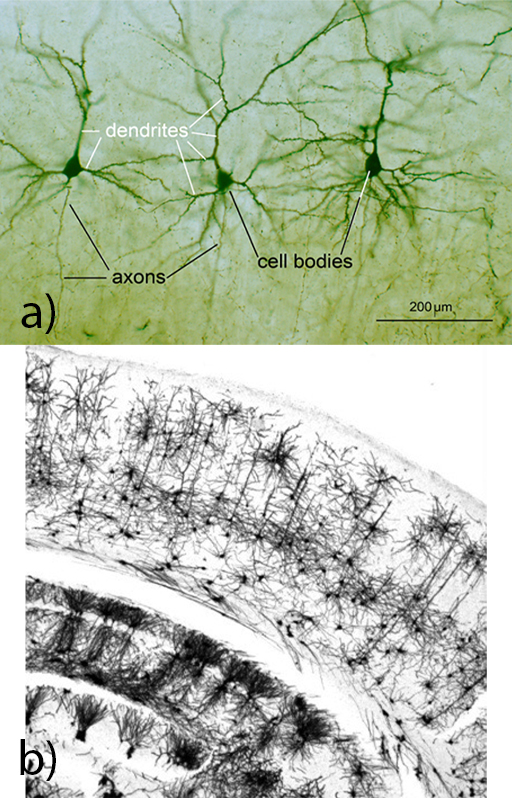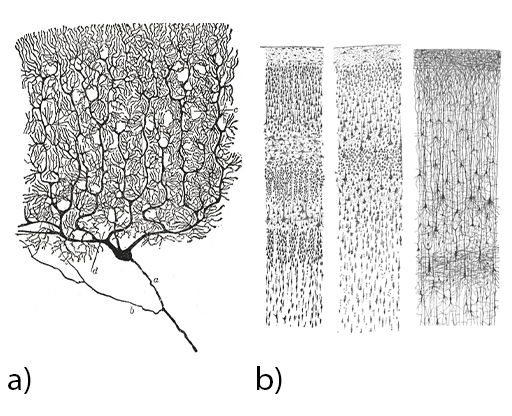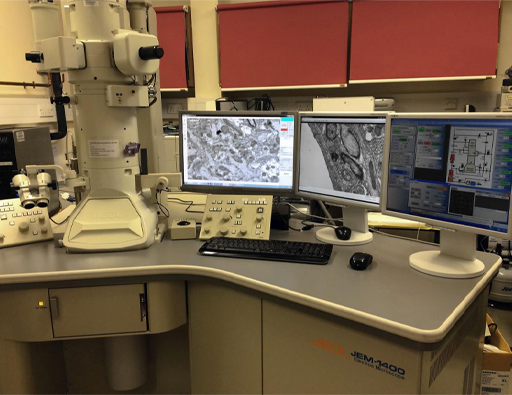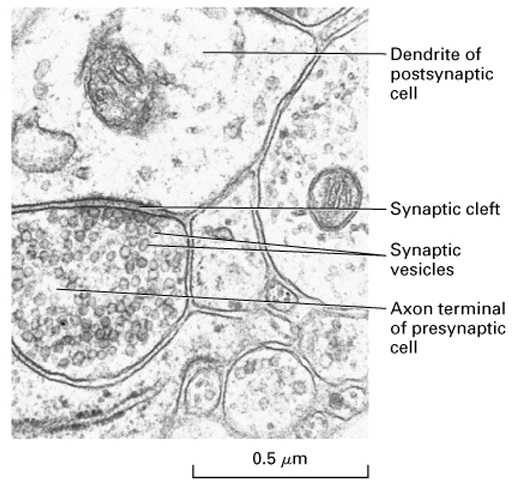3.1 Microscopy and silver nitrate staining
Brain tissue can be treated with chemicals to stain some of the individual neurons, allowing their finely detailed structure to be seen with a microscope. This technique was discovered in the 1870s by Camillo Golgi, and later used and improved by Santiago Ramón y Cajal. It enabled major advancements in neuroscience, particularly in identifying neurons as the key to brain function. The biologists were awarded the Nobel Prize ‘in recognition of their work on the structure of the nervous system’ in 1906. Figure 7 shows ‘Golgi stained’ brain tissue viewed under a microscope, with Figure 7a revealing the structure of individual neurons, and 7b showing the patterns of neurons in a section of a mouse brain.
Figure 8a shows a single ‘Purkinje’ neuron, one of the largest cells in the brain, with an elaborate structure of branched dendrites. Figure 8b shows interconnected neurons in the cortex, appearing in layers.
The electron microscope was invented in the 1930s and developed over subsequent decades. Rather than light, a beam of subatomic electrons is used to image objects, allowing for much greater magnification, and visualisation on the nanometre scale. This invention was a significant step for neuroscience. At the end of the 1950s, individual synapses were imaged, cementing the neuron theory of brain function.




